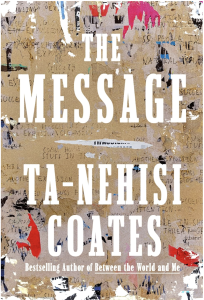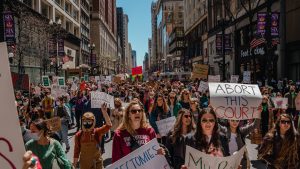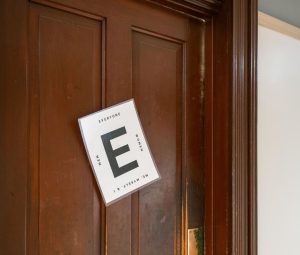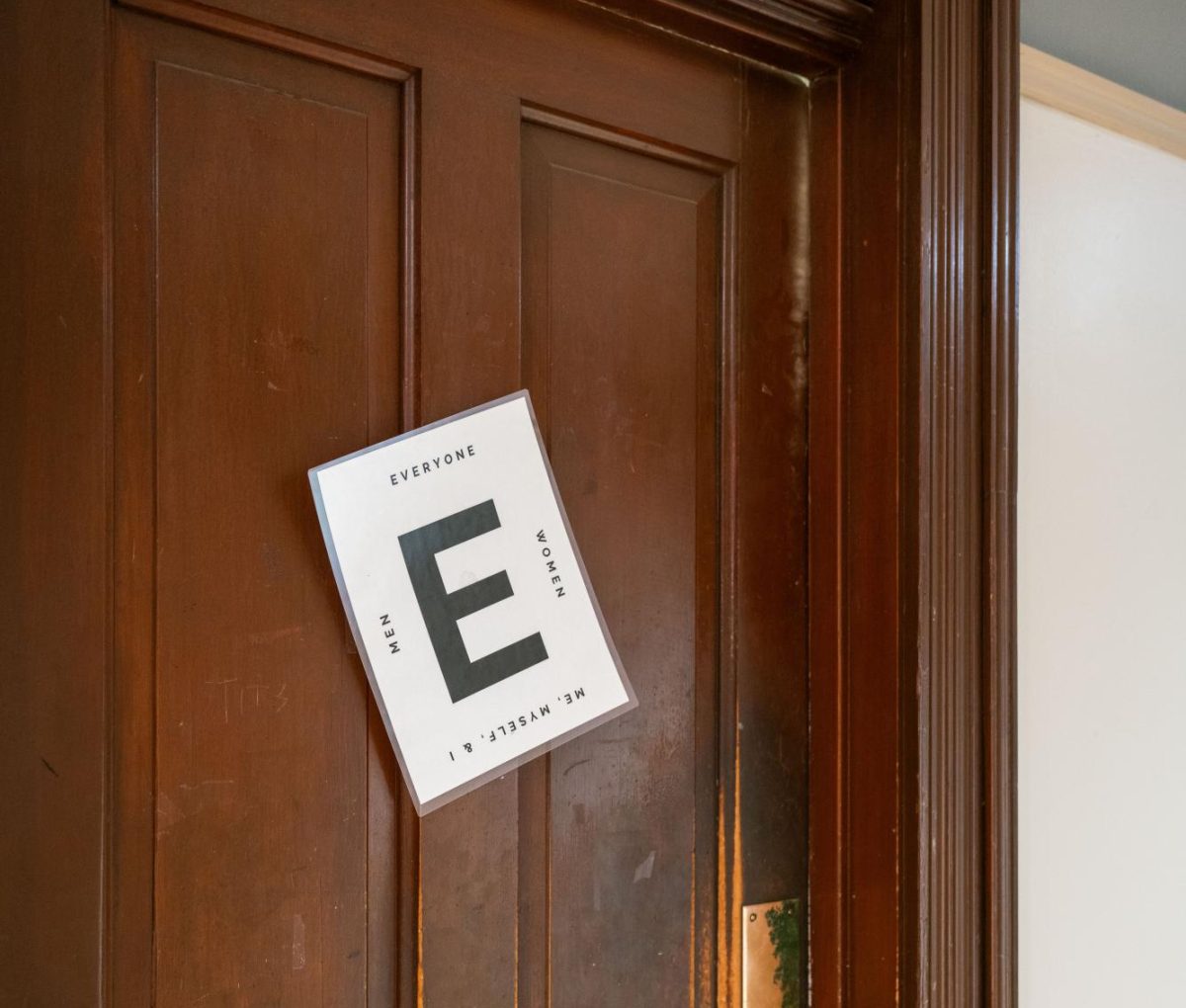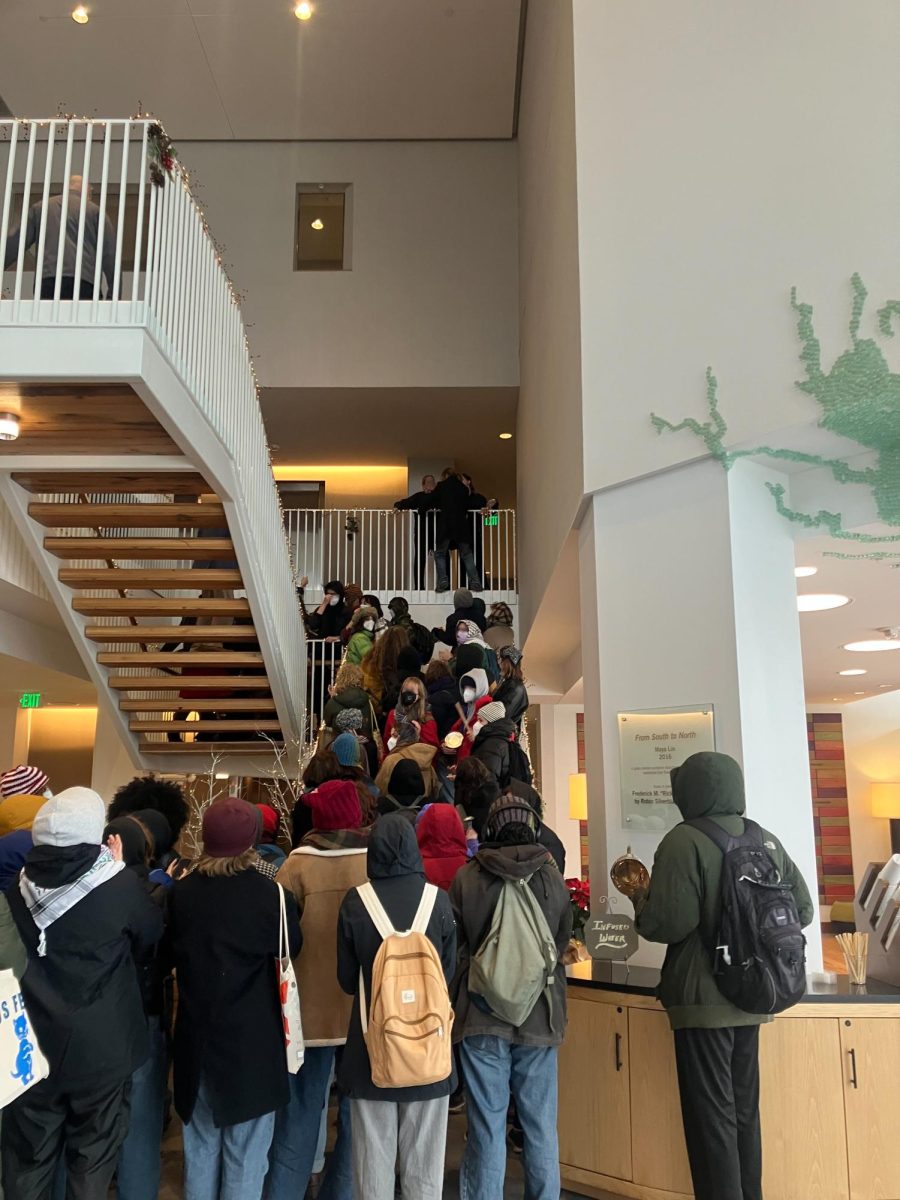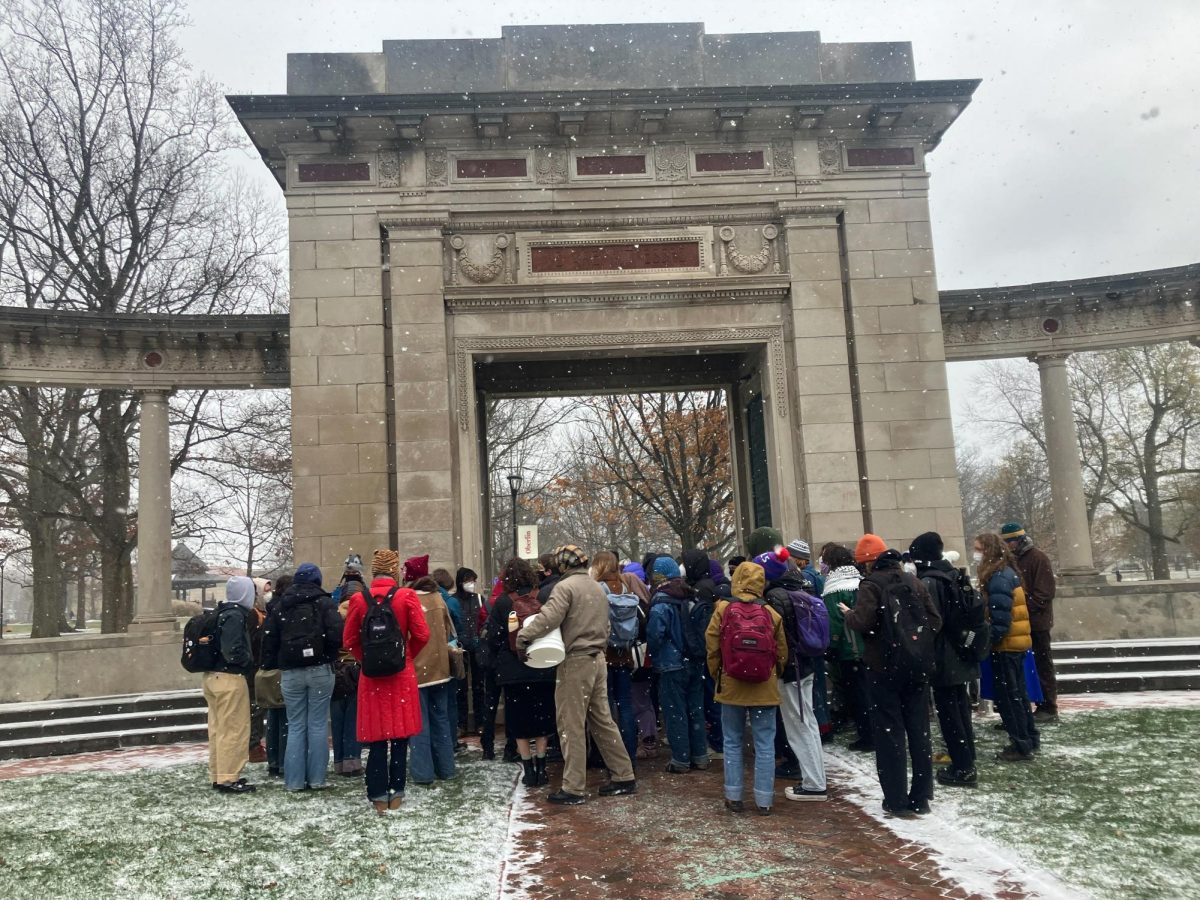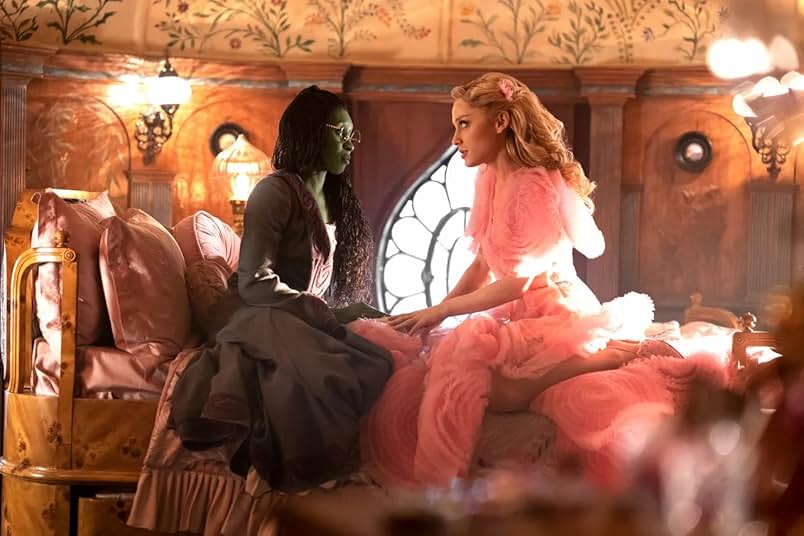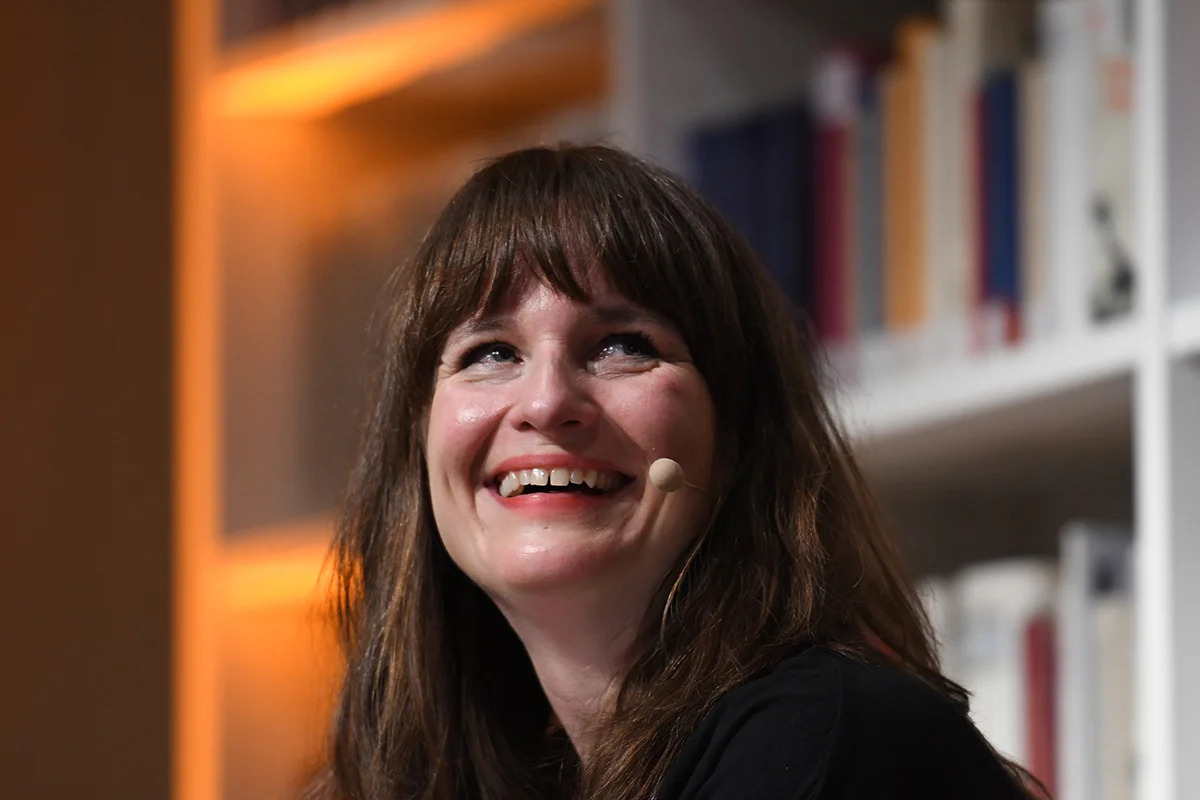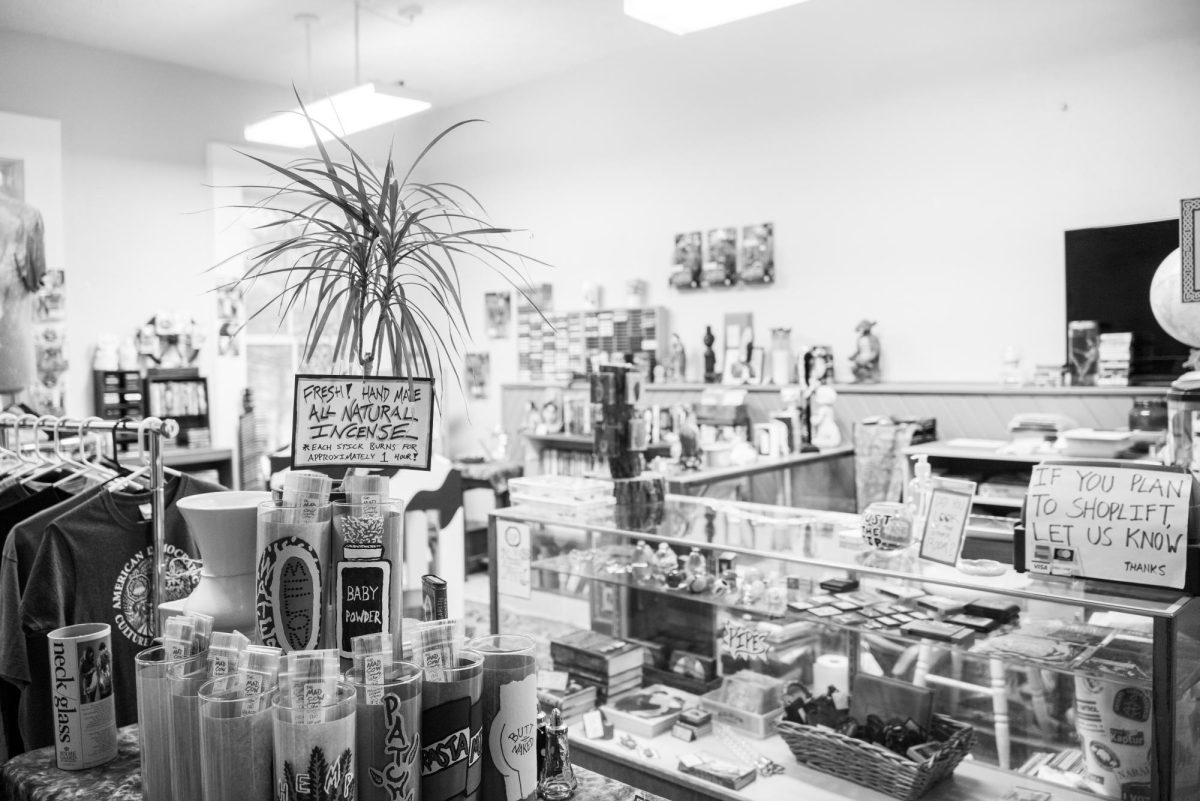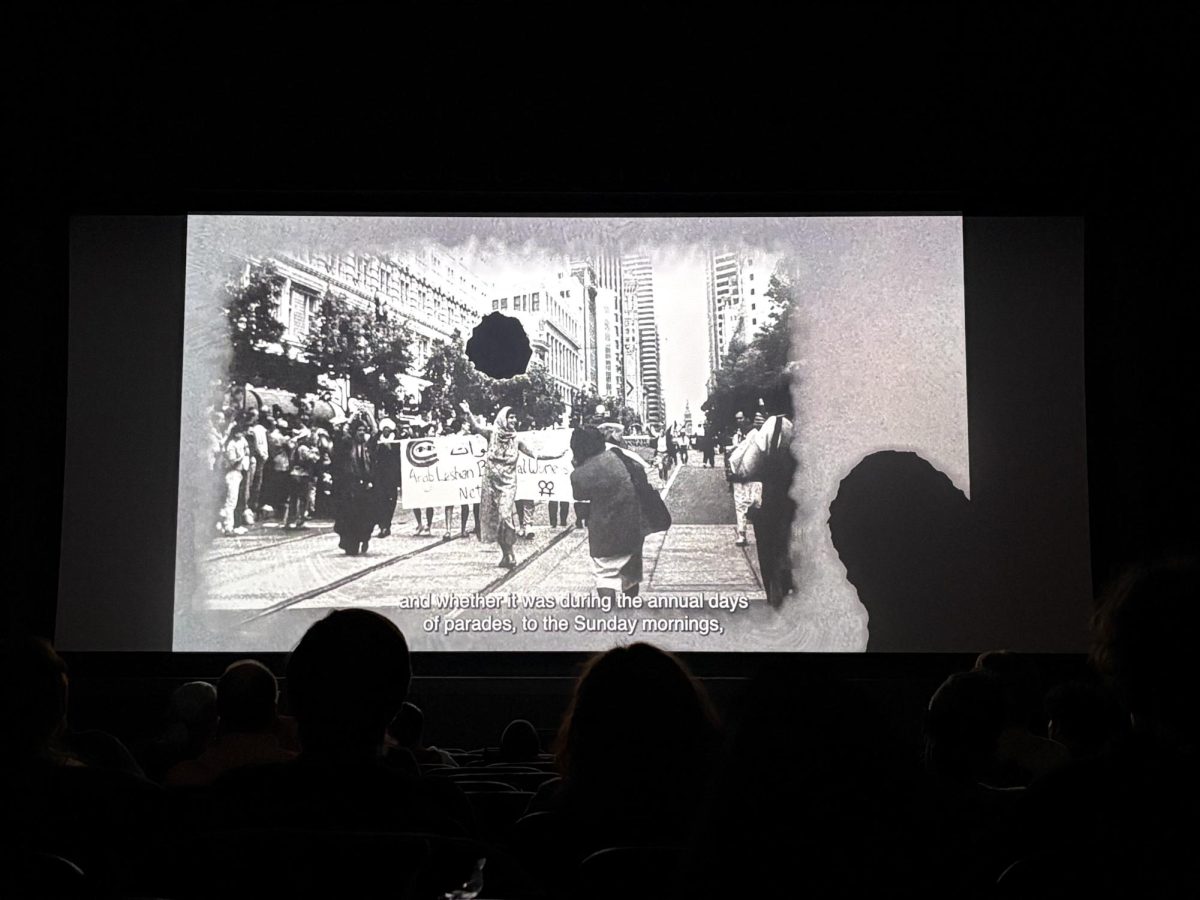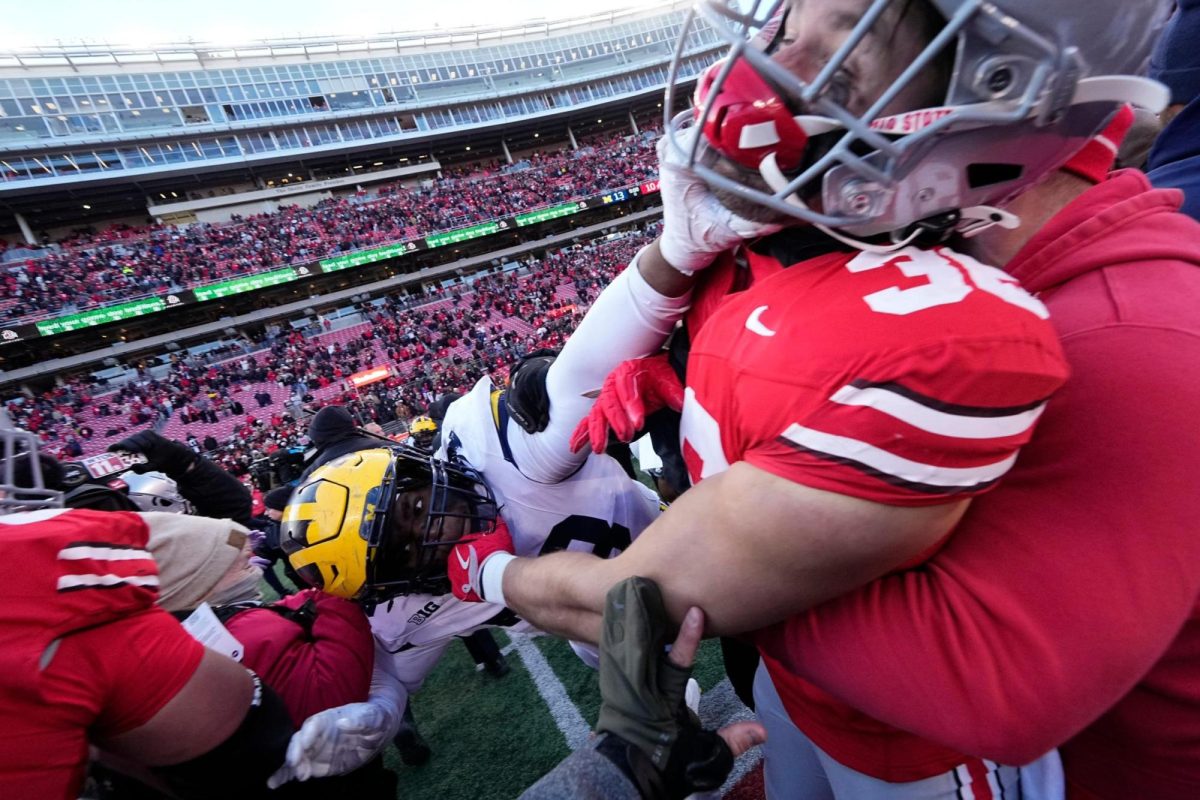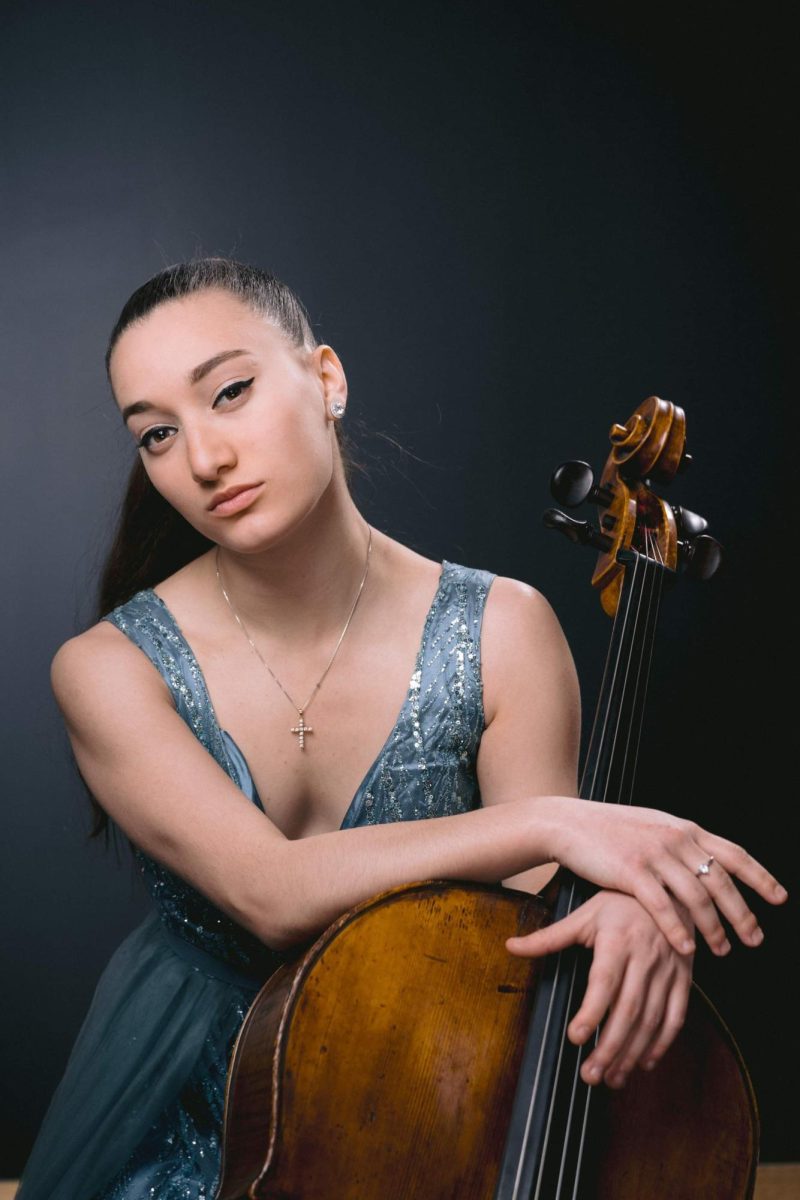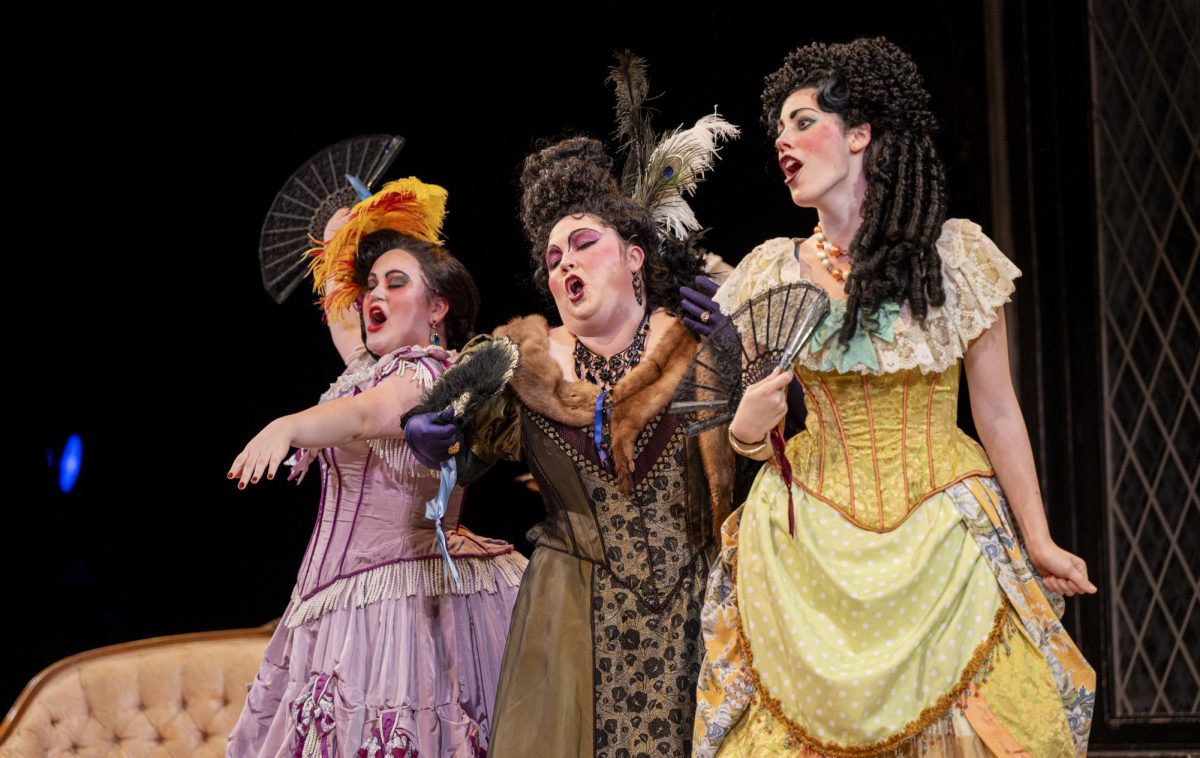Dialogues on Diaspora Spring to Life in Work of Aisha Cousins
February 22, 2013
Brooklyn-based artist Aisha Cousins, OC ’00, is exhibiting elements of her several year-long performance piece “From Here I Saw What Happened and I Could Not Understand (The Story Skirt Project)” in the Baron Gallery, opening this Friday night. Her work is engaged in constant conversation with black audiences in an exploration of their ideas of beauty and the different realities of modern black life, and the work to be featured in Baron is no exception. In her last project “Diva Dutch,” she processed these questions by enlisting black women from around the globe to ask local hairdressers to braid 15-foot-long cornrows, which they then used as a double dutch rope by connecting them to the braids of other black women. These living jump ropes connected the women through the social history of double dutch.
In “The Obama Skirt Project” (2012), Cousins set out to create other dialogues between black women, this time through the use of African textiles printed with images of Barack Obama’s face. At her talk in Afrikan Heritage House last Tuesday, she spoke about both projects and the role performance art has played in her relationship with developing her and other black women’s perceptions of their own beauty and the space they occupy in their national frameworks.
“The Story Skirt Project” was inspired by a trip Cousins took to Senegal when she was 16. She was drawn to the beautiful fabrics the Senegalese women wore that featured the faces of different presidential candidates. The women were using their bodies as campaign tools. Cousins was surprised that the faces on those skirts were black; the candidates looked like her, which wasn’t something she had been accustomed to in the United States.
When Obama was elected in 2008, Cousins decided she needed a way to process this monumental time in history, one she didn’t think she would live to experience in her own country. She chose to do this by wearing different African fabrics from South Africa, Mali, Senegal and Ghana that were printed with Obama’s image. Cousins wore the fabrics, made by African tailors in her Brooklyn neighborhood, every day for the first year of his presidency.
The following year, she began recruiting women in her community to wear them and encouraged them to begin to process the significance of Obama’s presidency in their own day-to-day lives. Each woman who participated documented her experiences and was told to pass on the skirts to her children, then sharing with Cousins what she told her children about the skirt. Her project generated conversation about the sociological shift brought about by the election of a black president, while weaving together the different streams of fashion and aesthetics that exist throughout the African Diaspora.
Cousins’s work is an exhilarating testament to the power of performance art within a community context. The musical scores that accompany her interactive performance art prompt black women to see and articulate a beauty within themselves and each other. In the midst of the recent events of vandalism on our campus, Cousin’s work is an uplifting and important ode to the beauty and ever-prevailing strength of African-American narratives.


